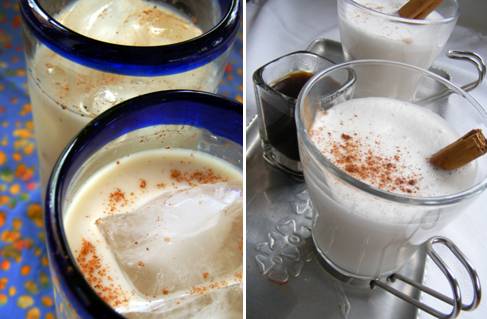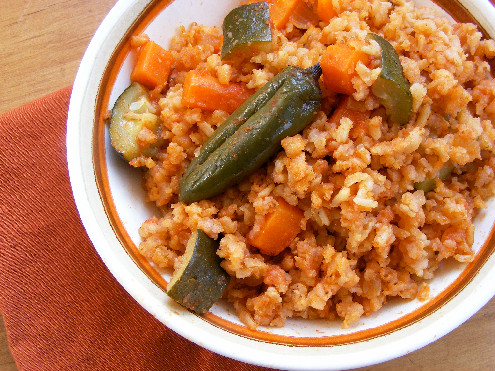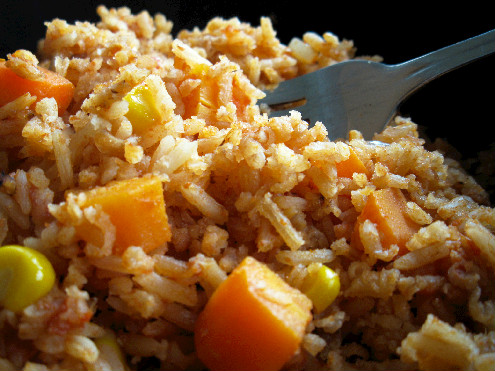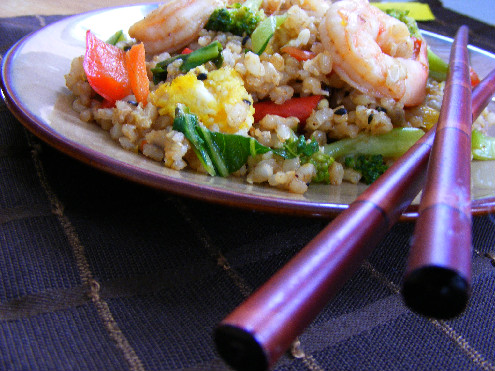Rice: 5 Ways to Make Horchata- Mexico’s Rice Drink
Thursday, March 25th, 2010In Mexico and some parts of the U.S., horchata is ubiquitous. The cinnamon-infused rice drink is served cold in huge jars alongside agua de jamaica (hibiscus tea) and other fruit based aguas frescas. This week, we’re also drinking it hot . . .
Despite the unpredictability of spring weather here in Colorado, it’s my favorite of all seasons.
New growth budding on leafless branches. Greener grasses and spring bulbs readying to bloom. Wet snowfalls. Cool weather herbs and greens peeking through in the garden. My first few outings on my bicycle and overestimating how far I could ride. Sore muscles. More snow.
A few days ago we took advantage of 60 degree weather here in Colorado, and cleaned several beds and remnants of seasons since passed. My momma was the willing assistant – helping me carry several tarps full of leaves and turn the compost bin.
That sort of work made us thirsty. Luck (and some pre-planning) was ours, I had three kinds of cold horchata ready to drink. Snap!
As refreshing as it was, we had to fight the urge to drink it all. I still had pictures to take the next day of the “hot” shot – a steamed horchata with a shot of espresso.
A cold blast came through Denver the very next day. Rain quickly turned to snow. And, of course we were out and about in the worst of it. A bit chilled when we got home, we pulled out the horchata again – this time served hot with espresso for momma; steamed and plain for me ( I’m a caffeine wuss).
The hot version, is inspired by Taza de Café, a northwest Denver coffee shop, which serves up horcha-tté, a luscious horchata drink with espresso.
So, horchata is a drink for any season!
Below are 5 ways to make this quintessential Mexican rice drink. Check them out and this song called Horchata by Vampire Weekend, which was released last fall.
Salud!
Tidbits on Horchata:
- In Mexico, horchata is typically made from rice and water, although some make creamier versions using milk and/or almonds. There is also an horchata made from ground melon seeds.
- Horchata, also called orxata, and this method of making refreshing drinks comes originally from Spain, where they use ground seeds, nuts and grains. There, instead of rice, they use tigernuts, also called chufas.
Source: The Mexican Gourmet by Maria Dolores Torres Yzabal & Shelton Wiseman








